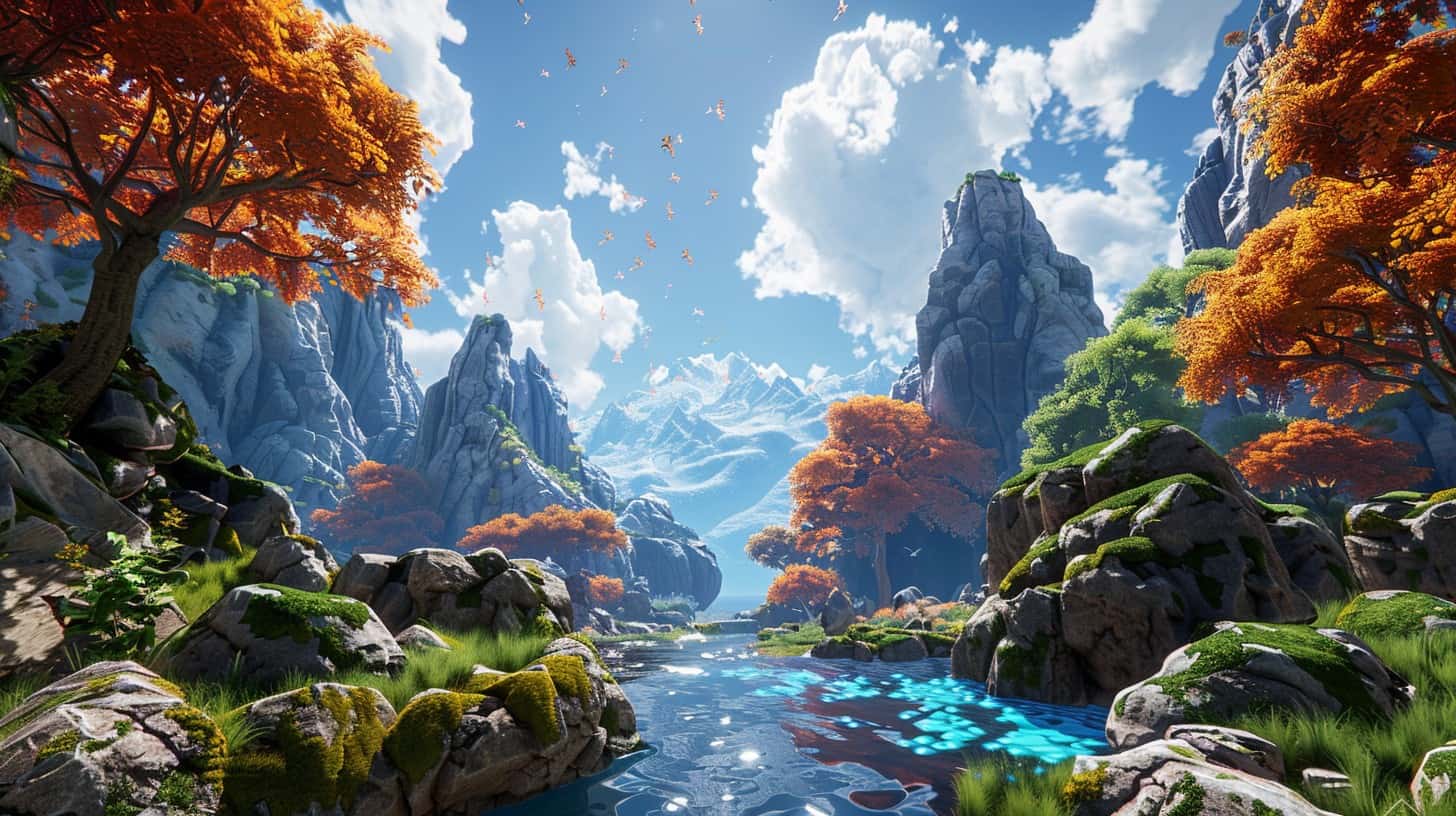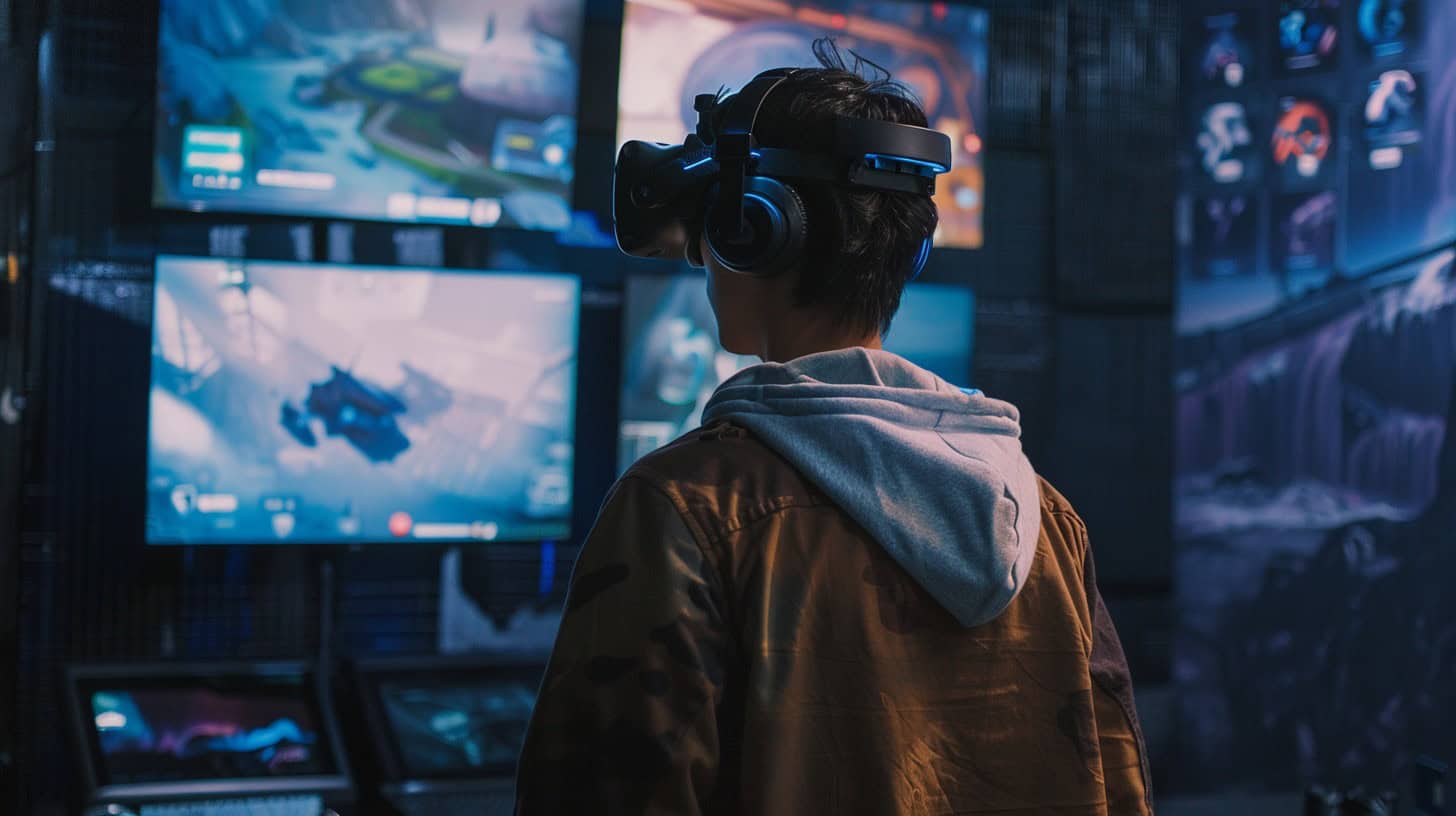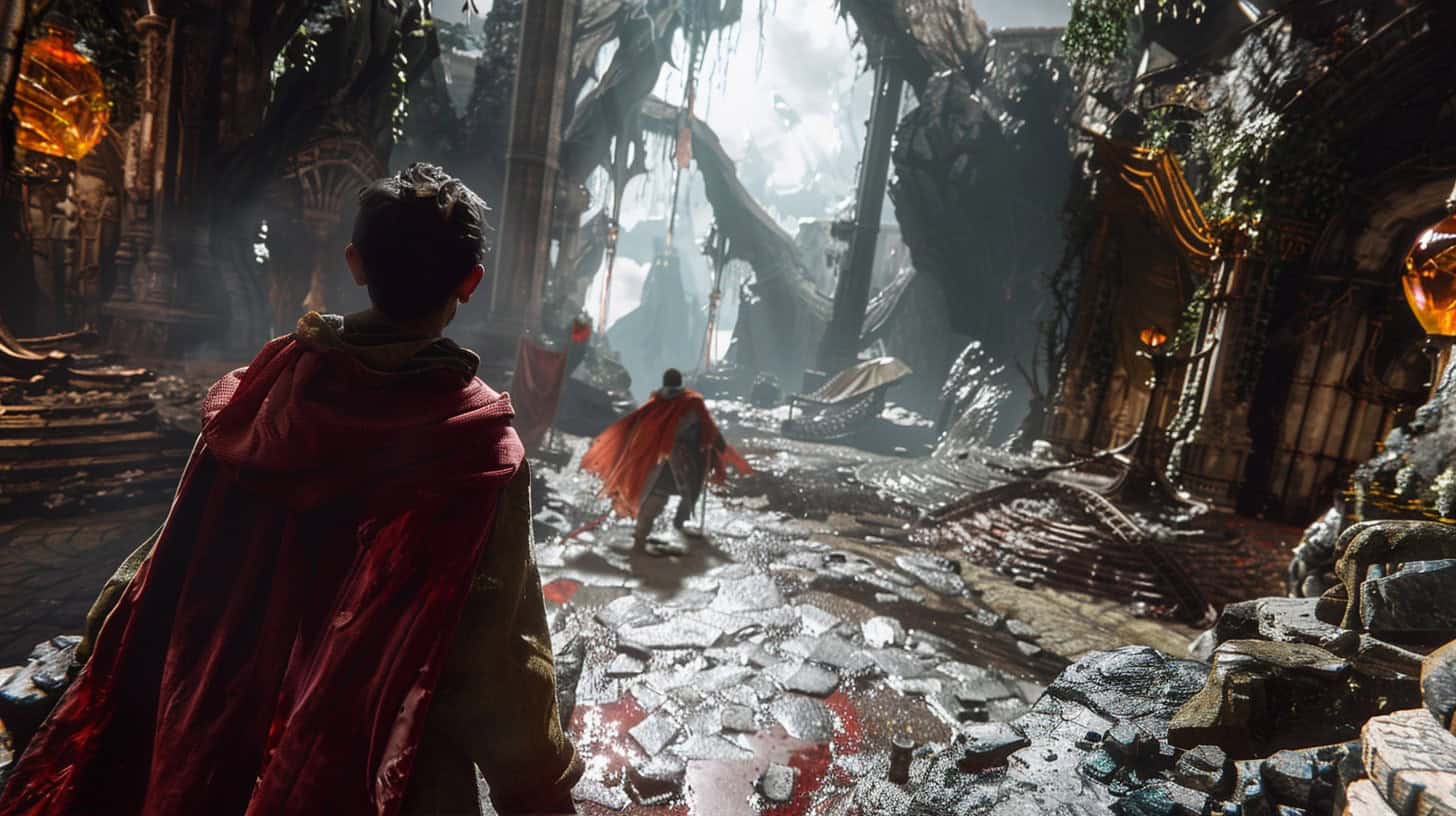Struggling to understand the appeal of game demos? Game demos are feature-limited versions of video games, designed to offer players a sneak peek. This article will explore how these previews benefit both gamers and developers alike, focusing on their marketing magic.
Stay tuned for insights.
Key Takeaways
Game demos let players try a game for free before buying. They give a taste of the game’s action, like in an ice cream shop.
There are two types of demos: playable and non-playable. Playable ones you can interact with; non-playable ones are more like videos or trailers.
Demos help spread the word about games, especially for indie developers or smaller titles. Sharing on social media or through digital stores puts games in front of more people.
Feedback from players who try demos can help improve the final game. This makes games better for everyone when they officially release.
Using demos as marketing tools can boost sales and get gamers excited about upcoming titles. They show off what’s special about a game without making players spend money first.
Table of Contents
Exploring the Concept of a Game Demo

A game demo lets players try parts of a video game for free. Think of it as a taste test at an ice cream shop. It serves up key moments or levels so you can decide if the full version is worth your time and money.
Back in 1995, the first fully playable demo hit the scene, changing how we discover games. Today, the internet is where most people find demos, but they also come on DVDs or digital stores like Xbox Live.
Demos are smart for both players and creators. Players share their experiences without eating up too much data because these samples use events from the real game instead of heavy video files.
For developers, especially those behind indie games or shareware titles, demos work magic in spreading word about their creations – think Epic Games offering snippets to hook players.
Playing a demo is like reading the first chapter of a book; it draws you into its world.
Free PC game demos on platforms like Switch allow gamers to explore new worlds without opening their wallets. Demos vary – some let you play start to finish through limited content (playable demos), while others only offer a glimpse without hands-on action (non-playable demos).
Each type has its role in making gamers crave more and hitting that download button for the whole experience.
Varieties of Game Demos

Game demos come in different flavors. Some you can play, others you just watch.
Engaging with Playable Demos
Playable demos let players try parts of video games before they buy them. These samples have the same action as the full game but limit how much you can do and see.
- Players get a real taste of gameplay. This means you can control characters, explore levels, and complete missions just like in the complete game.
- Demos often come with a few levels or early stages to play. This gives a clear idea of how the game feels and its difficulty.
- Many are available as free downloads on platforms like Xbox consoles or through online distribution. This makes it easy to try new games without spending money.
- Time-sensitive betas are a type of demo that lets players test games for a short period. These are great for getting early access to upcoming titles.
- For example, you might try the Jammin Jars demo which can be found on slot review sites like https://www.gambleontario.ca/online-slots/jammin-jars/ and love the cluster pays mechanic and the non-standard reel layout.
- Sharing demos via social media allows friends to see what you’re excited about and helps spread word about new games.
- Feedback from playing demos can help developers make final tweaks before launch, improving the gaming experience for everyone.
- Some demos offer saved games that carry over to the full version once purchased, encouraging players to buy after trying.
Playing demos is an excellent way for gamers to discover their next favorite title without commitment, making these teasers powerful tools both for marketing and player satisfaction.
Exploring Non-playable Demos
Moving from playable demos, we now shift our focus to non-playable demos. These serve as crucial peeks into upcoming games without the hands-on experience.
- Non-playable demos often come as videos or trailers. They show parts of the game in action, like battles or exploring new worlds.
- Gaming conventions are prime spots for these demos. Companies show them off to build excitement.
- The Internet and gaming magazines also share these teasers. This way, even those who can’t attend events get a sneak peek.
- Examples include demo discs or DVD-ROMs packed with trailers. These often come with gaming magazines.
- They provide a preview of the gameplay and graphics without actual playtime. This means you can see what’s coming without playing it yourself.
- Non-playable demos highlight key features or story elements. They aim to catch your interest by showing what makes a game special.
- For big titles, like Overwatch, these demos create buzz before release dates.
- Publishers use them as part of content marketing strategies to reach their target audience.
- These previews can also appear on cover disks or tapes from the past, giving a glimpse into how games were marketed before widespread Internet use.
- Finally, they act as teasers for new technology in video game consoles, showing off what the latest hardware can do.
Each point emphasizes how non-playable demos contribute to the marketing and anticipation of upcoming games, offering fans early visuals and details while fueling their excitement for future releases.
Game Demos as Marketing Tools

Game demos serve as powerful marketing tools for developers, allowing them to showcase upcoming or existing games. These demos offer a glimpse into the game’s mechanics, graphics, and storyline without needing the player to commit to a purchase.
They typically come in various forms, like playable trials or shareware versions, where players interact with a portion of the game for free. This strategy helps build anticipation and buzz around new releases.
Using demos effectively can lead to increased sales and draw attention from potential customers who might have otherwise overlooked the game. For instance, early modern first-person shooters often relied on shareware distributions to reach their audience—id Software’s iconic titles being prime examples.
Free beta weekends or alpha tests also generate excitement among gamers, offering a hands-on preview that can drive pre-orders and day-one purchases.
People Also Ask
What does “demo” mean in games?
A demo in gaming is a free version of a game, often shorter, letting players try it before buying. It’s like a sample at the store.
Why do companies release demos?
Companies release demos to market their games. By giving a taste, they hope you’ll buy the full game.
How did demos start?
Demos began with shareware games, distributed on cover tapes or disks with magazines. They evolved from PC to console platforms.
Can you play a demo on consoles?
Yes, you can play demos on consoles like the Xbox series and PlayStation 2. Console manufacturers offer them through online stores or physical media.
Do all games have demos?
Not all games have demos; it’s up to the developer and publisher to decide if they want to release one as part of their marketing strategy.
What impact do demos have on sales?
Demos can boost sales by showing off the game’s best parts, making people want more and buy the full version.



